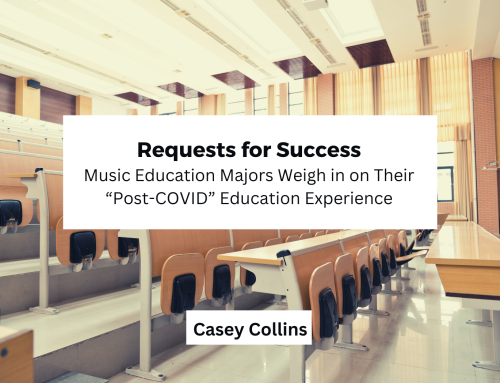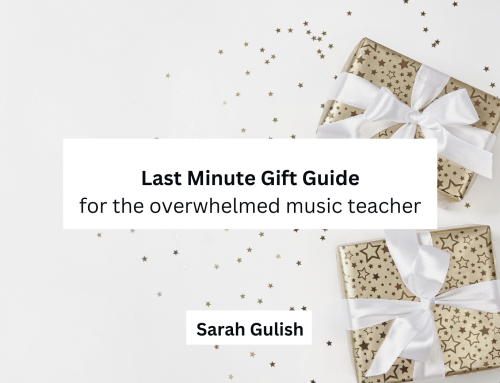During the onset of the virus, I became stuck in the United States, unable to go back to my home in China. It was during this time that the world – and specifically the US – seemed to be overwhelmed with injustices. Our social media feeds were filled with the onslaught of black lives being taken by police officers; armed protestors against masks being lauded for their dedication; unarmed protestors for equality being tear-gassed and shot with rubber bullets; elderly Asian men and women being kicked and punched and blamed for the virus; in my “second home” city of Guangzhou, black and African people being evicted from their apartments and forced to sleep on the streets; and so much more across the world.
All of it became too much—anxiety-inducing to the point where I was nervous about leaving the house or leaving the windows open.
Living as a black child, teenager, or adult woman in the United States is no small feat. From the moment we are born, we are instantly judged differently, and more negatively than our white counterparts. It is no secret that in mainstream media, the picture of black people is very specific. There is the image of the basketball player, the drug dealer, the rapper, the runner, the thief. These stereotypes about black people run rampantly across the world. I can attest to this through my travels, living, and teaching abroad. Especially, since I work closest with the society’s greatest sounding board – middle school students.
I could talk for days about how similar teenagers are to each other. Regardless of culture, race, or nationality, teenagers have mental and emotional experiences. As the world has begun to see increased cases of xenophobia and racism, it has been interesting to see just how much teenagers reflect what they hear at home, what they hear from society, and what they are struggling to believe within themselves.
In China, the Covid-19 cases were low enough that students could finally start going back to school. With two weeks left in the year, my school pushed and pushed until our students were able to enter our classrooms. The kids were thrilled, as I’m sure their parents were. If only I were able to be there with them. I was still in the United States, and China’s borders were still closed.
I had to teach via Zoom, projected onto the screen in my room, interacting with my students in real-time. Under normal circumstances, I have an open-door policy in my classroom. If my door is open, students are welcome to come in for whatever they need: a chat, a quiet space, to borrow materials, or help with school work, for example. I tend to leave my door open for most of the day and tried to keep this policy even though I was across the world. Still, many students came to stop by and chat. Some of these chats were far more meaningful than usual.
One of my former middle school students, a current 10th grader, and a frequent visitor, came to my classroom to visit. She frantically talked about how stressed she was trying to finish all her school work and how nervous she was about the virus overseas. She came back to my classroom three more times that day, entering looking at me through the screen, then darting back out as quickly as she came in.
Confused at her sudden erratic behavior, I thought that she might need an opportunity to vent about all that was bothering her. Trauma due to the virus and quarantine had a noticeable effect on many of my students, and I assumed she was no different. After school that day, she revealed how worried she was for me being black in the United States and begged me not to go outside until it was time to come back to China.
I was surprised at how concerned she was. I had spent so much time in quarantine worrying about my students, how they were doing, if they were okay at home, if they were getting too behind in their work, and here this student was, worrying about me.
We had an in-depth conversation about race in the United States versus race in China. We talked about what discrimination looks like from each of our perspectives as an American adult and a Chinese teenager, and what should be done to fix the injustices we see. Other students stopped by to visit as well and joined the conversation. Through our discussion, I began to realize something.
This needed to be my new purpose as an educator.
I’ve often been asked why I choose to continue teaching at a private school in a different culture when I could be bringing my care and teaching to students in inner-city schools back home in the states. I have never had an answer, until now.
I had spent so much time in quarantine worrying about my students, how they were doing, if they were okay at home, if they were getting too behind in their work, and here this student was, worrying about me.
For lasting change to be made, for the racial injustices and discriminatory acts and perceptions to stop, there needs to be pressure on all sides. I am more than confident that my students in China are going to be the CEOs of companies, politicians, musicians, and do so many great things that will enable them to impart change in their society. I am a black person that cares about them, who has been able to make them laugh, who has brought them unforgettable musical experiences, and who has helped them through difficult times and supported them through good times. My hope is that through these experiences, I will help to reverse some of their own prejudices and that in the future, they will be more tolerant, caring, and accepting of all black people – and any people who are different from them.
As these students go on to live successful, influential lives, they will look upon workers and colleagues who are a different race than them with more understanding. The people working under them will begin to open their minds. Their future children and students will grow up understanding tolerance and acceptance. The cycle will continue.
For now, I will do what I can. I will never be afraid to have conversations about race with my students. I will work to foster a connection with them that transcends cultural barriers. As educators, we have the future of the world in our classrooms. A cliche notion? Sure. But so true and extremely relevant.
As we begin preparing to head back to our classrooms, I implore you to look outside of your standards and curriculum think about what your purpose as an educator will be this year.
Personally, the best thing that came out of this pandemic is that I was able to find mine.




Leave A Comment